This Week At Angama #61
5 April 2019 | This Week at Angama | Adam Bannister

Those of you have been on safari before will know what ‘the bug’ is. You will understand the pull of the wilderness, the inner drive that keeps you coming back for more. I wake up each morning fuelled by the excitement of the unknown. What will I see? What will I learn? How will today be different from yesterday? Of course, you may not always see what you wanted to on a particular drive. But never fear, tomorrow is another day.
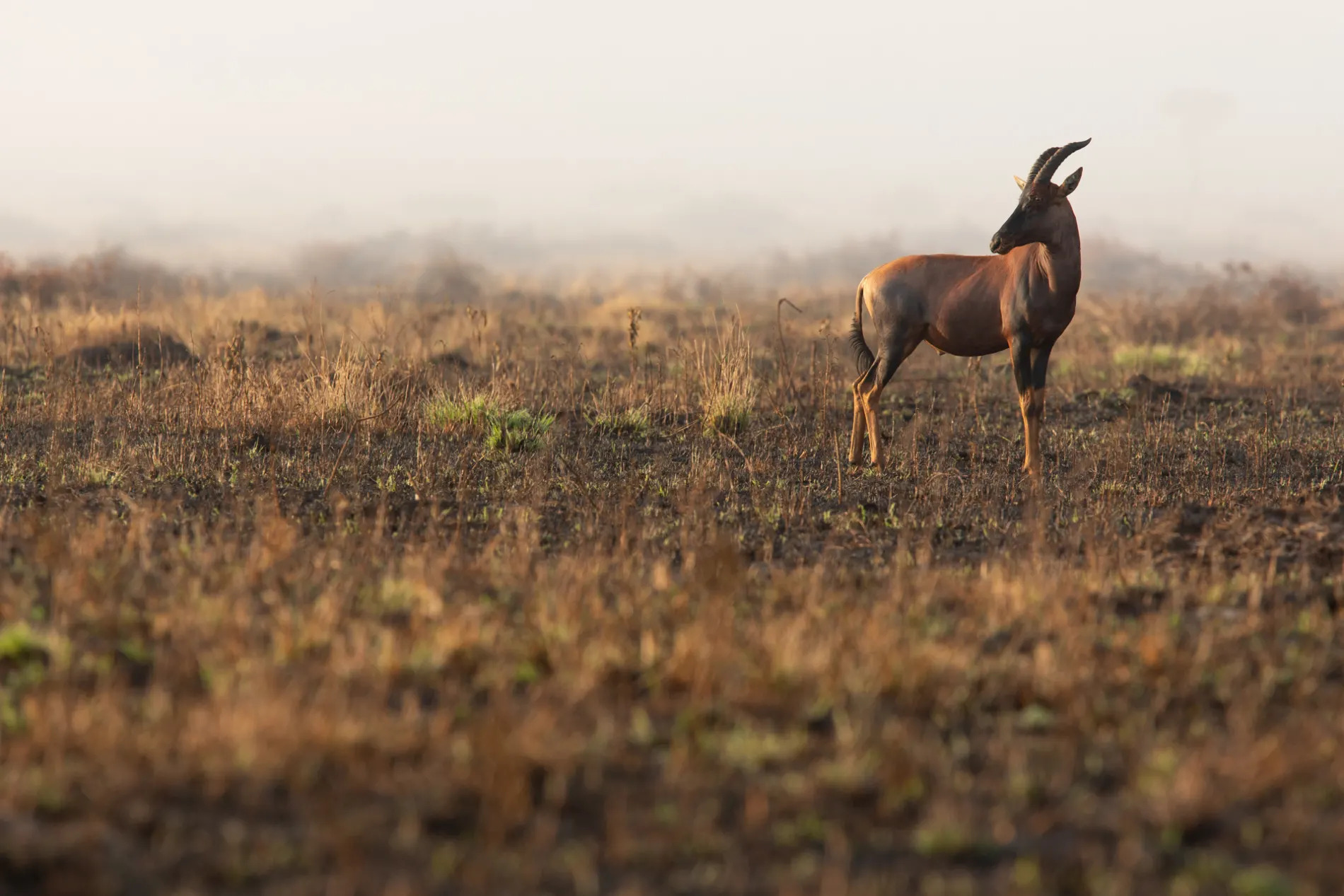
One week after the large controlled fire and already the green shoots are appearing. This is exactly the reason the area was burnt in the first place – to clear out the old dead matter and allow for regrowth. Give it a few more days and this area will be a magnet for animals. [f 6.3, 1/400, ISO 400, +0.33]
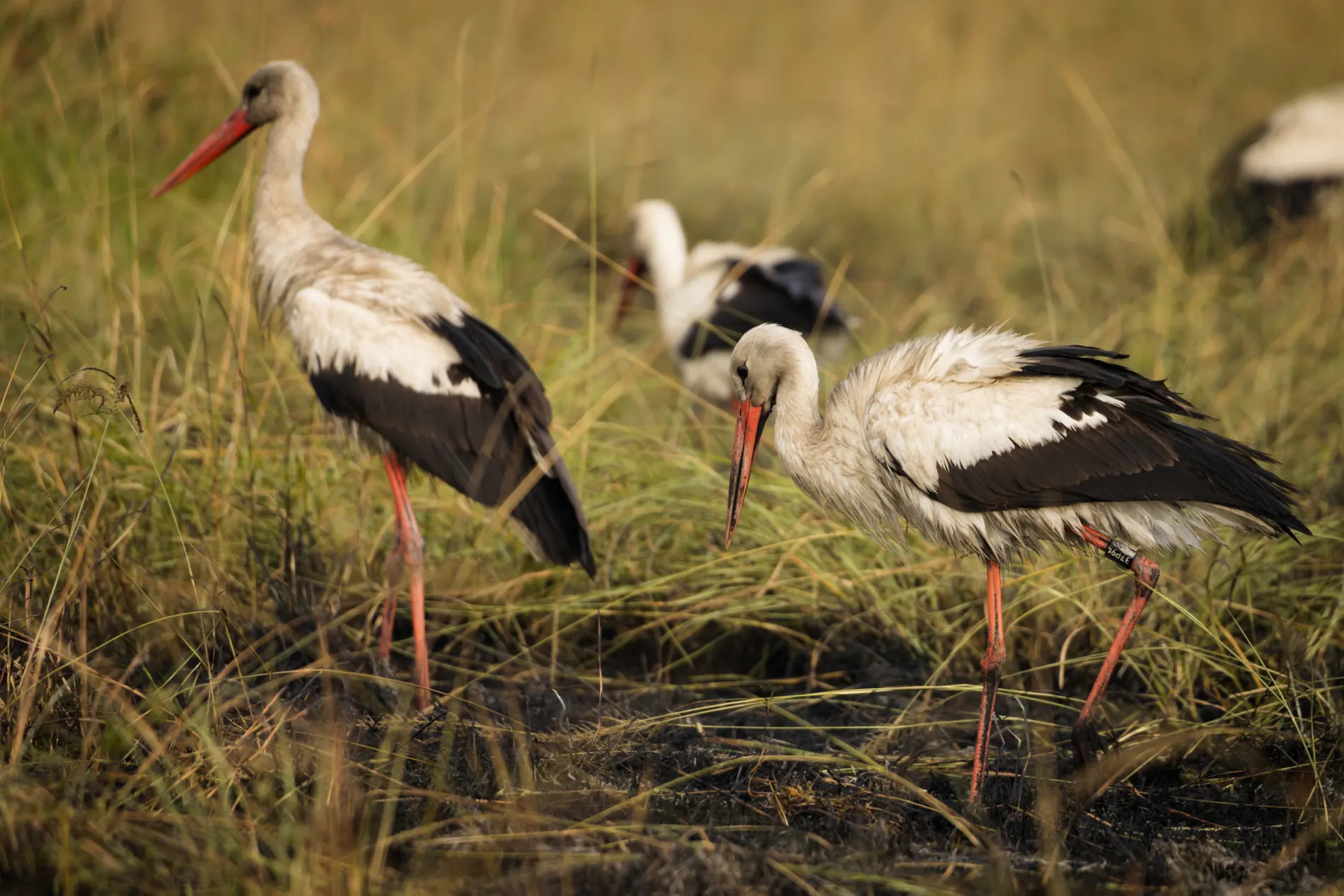
At the moment, the birds are the main beneficiaries of the charred earth. They feast on the burnt remains of insects and enjoy any small mammal that was unable to get away. Look closely and you will see that the white stork on the right-hand side has a black ring on it with the code 37P94. Ringing birds allows us to trace individuals. Using the power of the internet and the global e-birding community, I am excited to let you know this bird was ringed in a small village in Poland, 120km east of Warsaw. What makes it an even more exciting find is that this bird was ringed in its nest in mid-June, making is just under a year old and in the middle of its first migration. How special to witness a snapshot into the remarkable life of this bird. [f 5.6, 1/400, ISO 400, +0.33]
Last week the Mara bore witness to the extremely sad scene of the Angama Pride cubs being killed by the Marsh Breakaway Pride. Emotions were running high and there was great sadness amongst the team. This week has also dealt us a very heart-wrenching story. I did not personally get to see most of it unfold, but essentially, a female giraffe had complications during labour. When discovered by guides, she was standing with her legs apart above the baby and trying to get it to stand up. A solitary hyena circled from a distance. Hours later more hyenas had arrived. The brave mother continued to keep the ever-growing number of hyenas at bay. Her baby sadly passed away, but that did not stop her from protecting it. She fought for close to 48 hours. Dehydration and exhaustion set in, and eventually over 30 hyenas managed to get to the dead baby. When I arrived on the scene, the lifeless body was being fed on, but the mother was still in the area and continued to try and chase off hyenas and jackals.
The two photos here are of the mother, still at the scene, about 60 hours after the baby was first discovered. I have included these images as a small acknowledgement of her astounding bravery. I used more of a fine-art conversation as a way of paying tribute to her determination and beauty. Who said animals don’t have feelings?

[f 3.2, 1/5000, ISO 320] (converted to sepia)
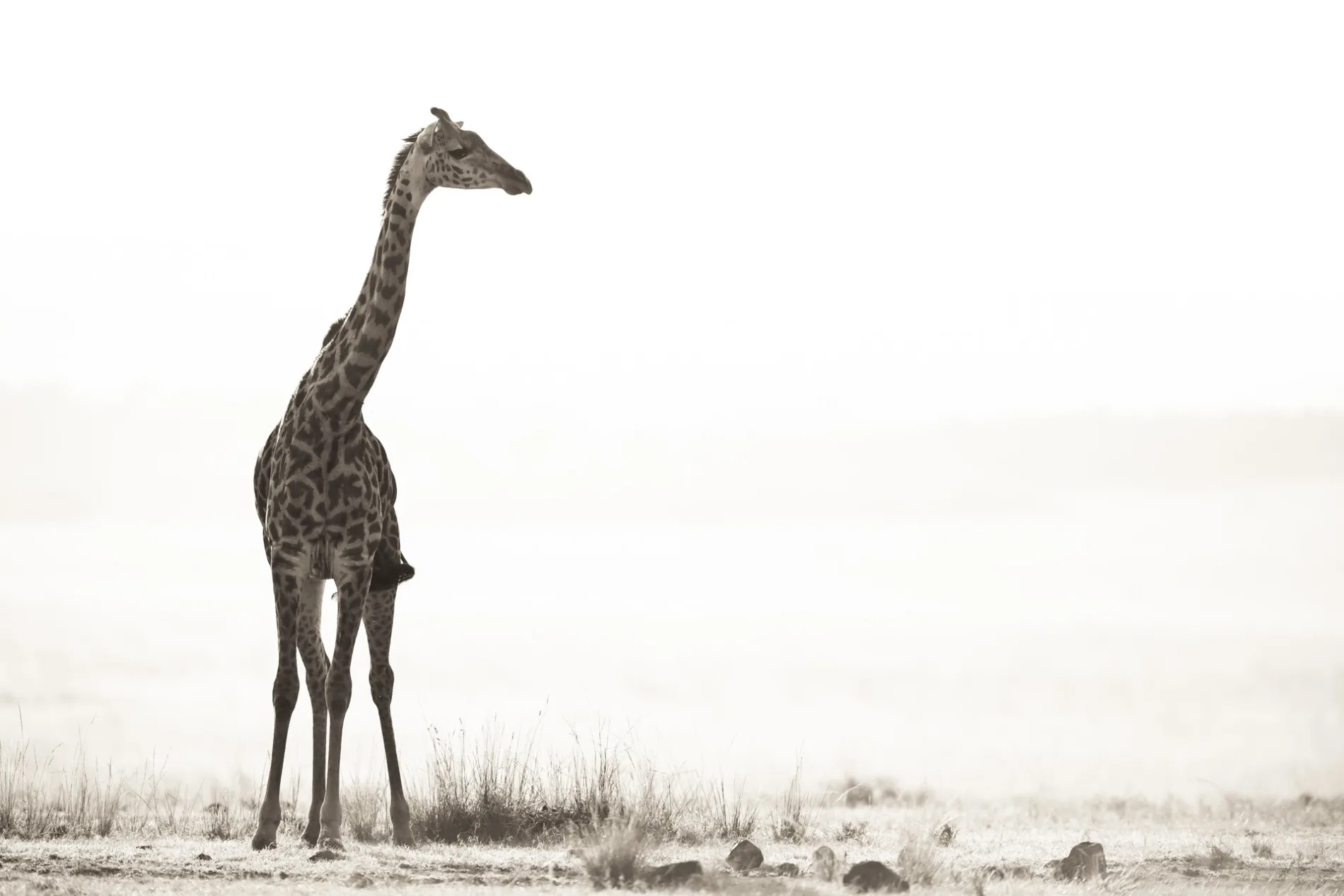
[f 3.2, 1/8000, ISO 320, +0.33] (converted to sepia)
I have also included two photos of hyenas that were involved in the ordeal. I have purposefully chosen photos that show the gentle side of the hyena as I wanted to stress that even though nature can seem chaotic and unfair at times, these animals are all remarkable in their own way.

[f 3.2, 1/3200, ISO 320, +0.33]
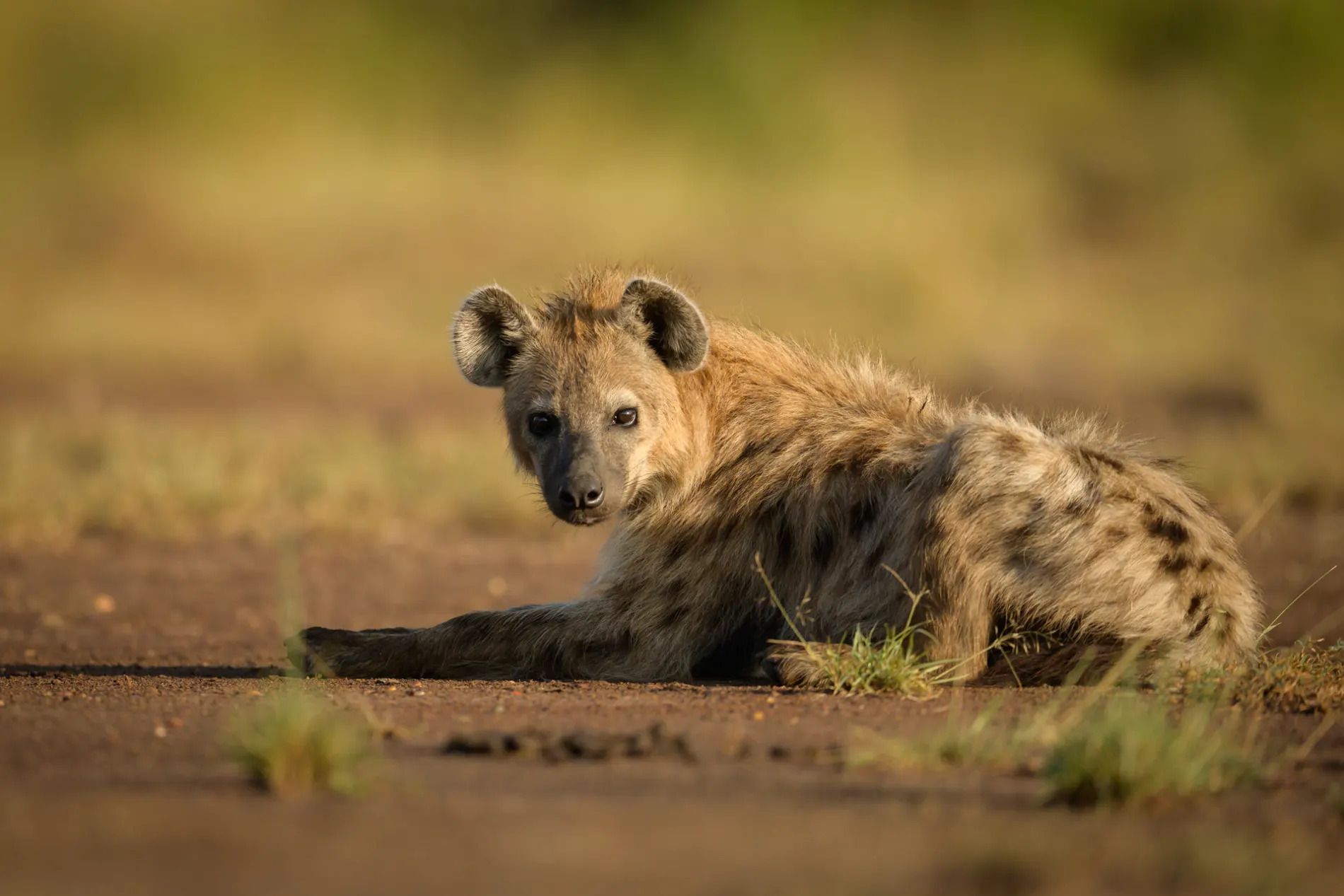
[f 2.8, 1/3200, ISO 320, +0.33]

I am always aware of framing a subject. By using a natural frame created by another giraffe, I was able to offer a fun perspective in this image. [f 13.0, 1/320, ISO 200]

Shapes and textures. [f 3.2, 1/6400, ISO 400, +0.67]
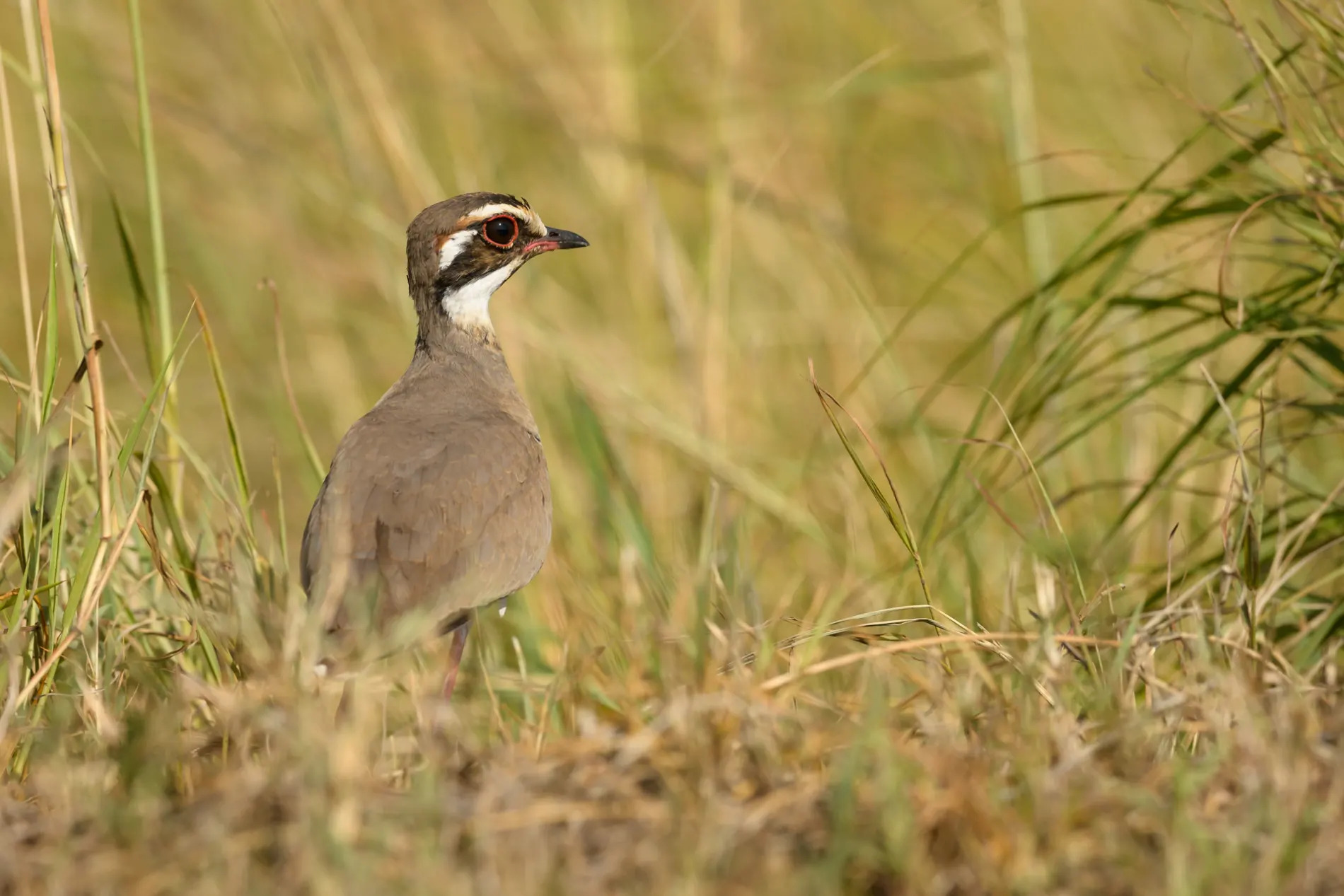
Here is one for the bird nerds. A bronze-winged courser: a rather unusual bird for the Mara. [f 5.6, 1/2500, ISO 400, +0.33]
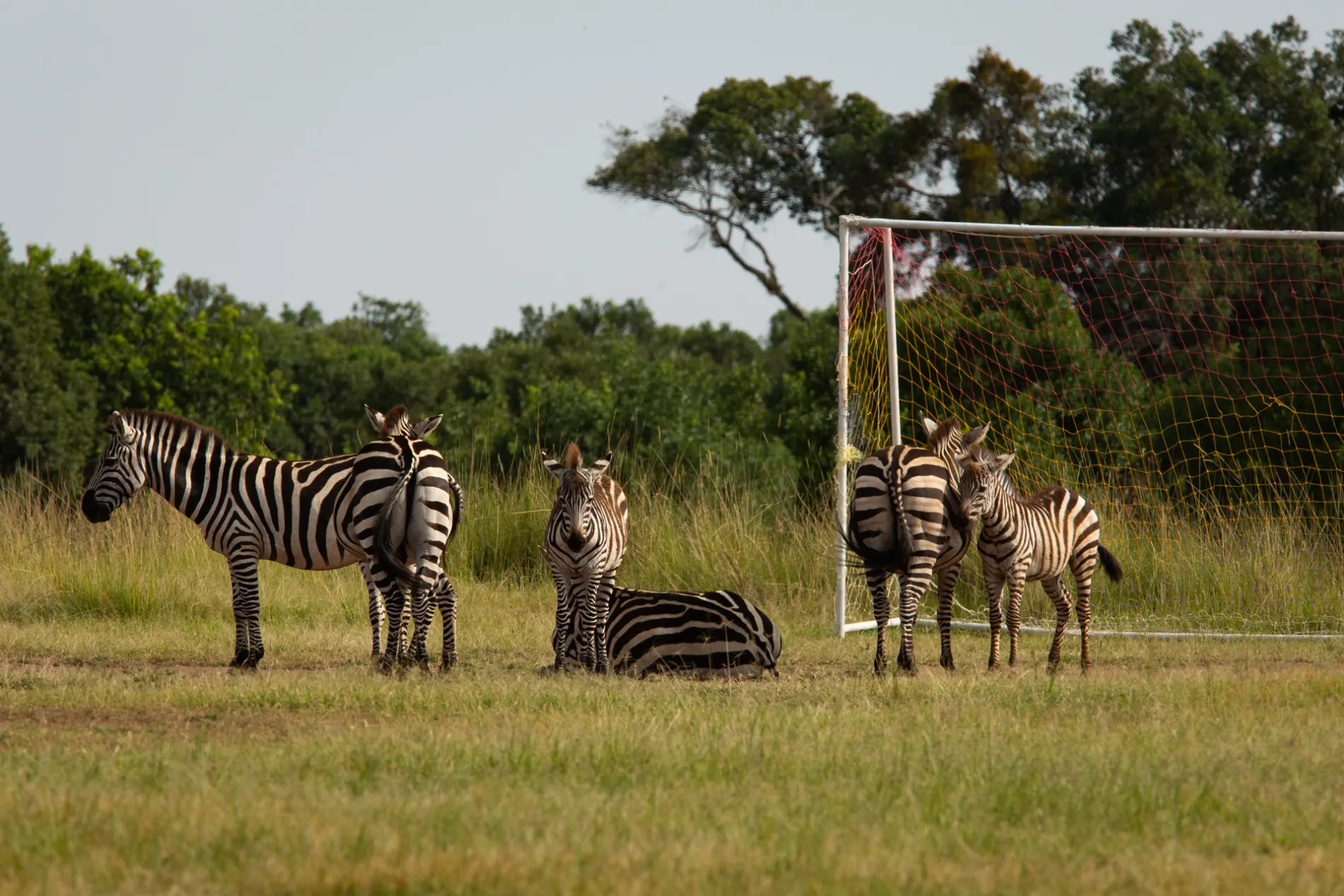
The short-mown grass of the Angama football pitch is a hive of activity at the moment. Many animals love short grass and so move into this area to rest during the day. [f 11.0, 1/500, ISO 400, 0.33]

This allows budding photographers at Angama Mara the perfect opportunity to practice their low-level shots. The zebra are relatively relaxed, and being just outside the reserve, we are able to lie down on the ground. [f 2.8, 1/5000, ISO 200, +0.33]
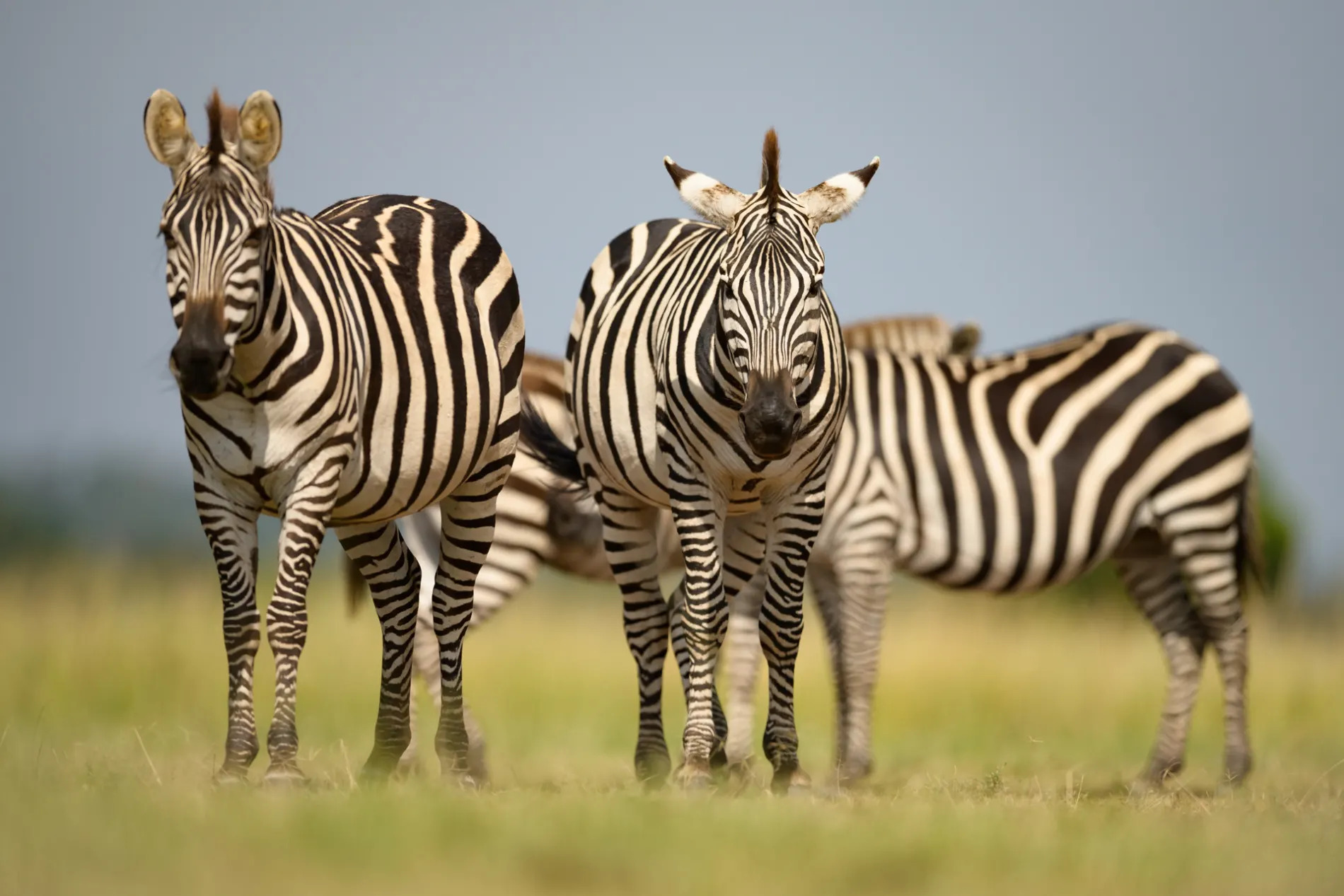
Using this technique, you can capture some interesting images. [f 2.8, 1/5000, ISO 200]

I also used the fact that they are habituated to people to get some very close textural images of their fur. [f 2.8, 1/1600, ISO 200]

Early mornings are incredible at the moment. The mist and remnants of smoke in the air create majestic sunrises. The red oat grass in the Triangle is in superb condition and this bodes very well for the upcoming migration. [f 5.6, 1/2000, ISO 400, +0.33]
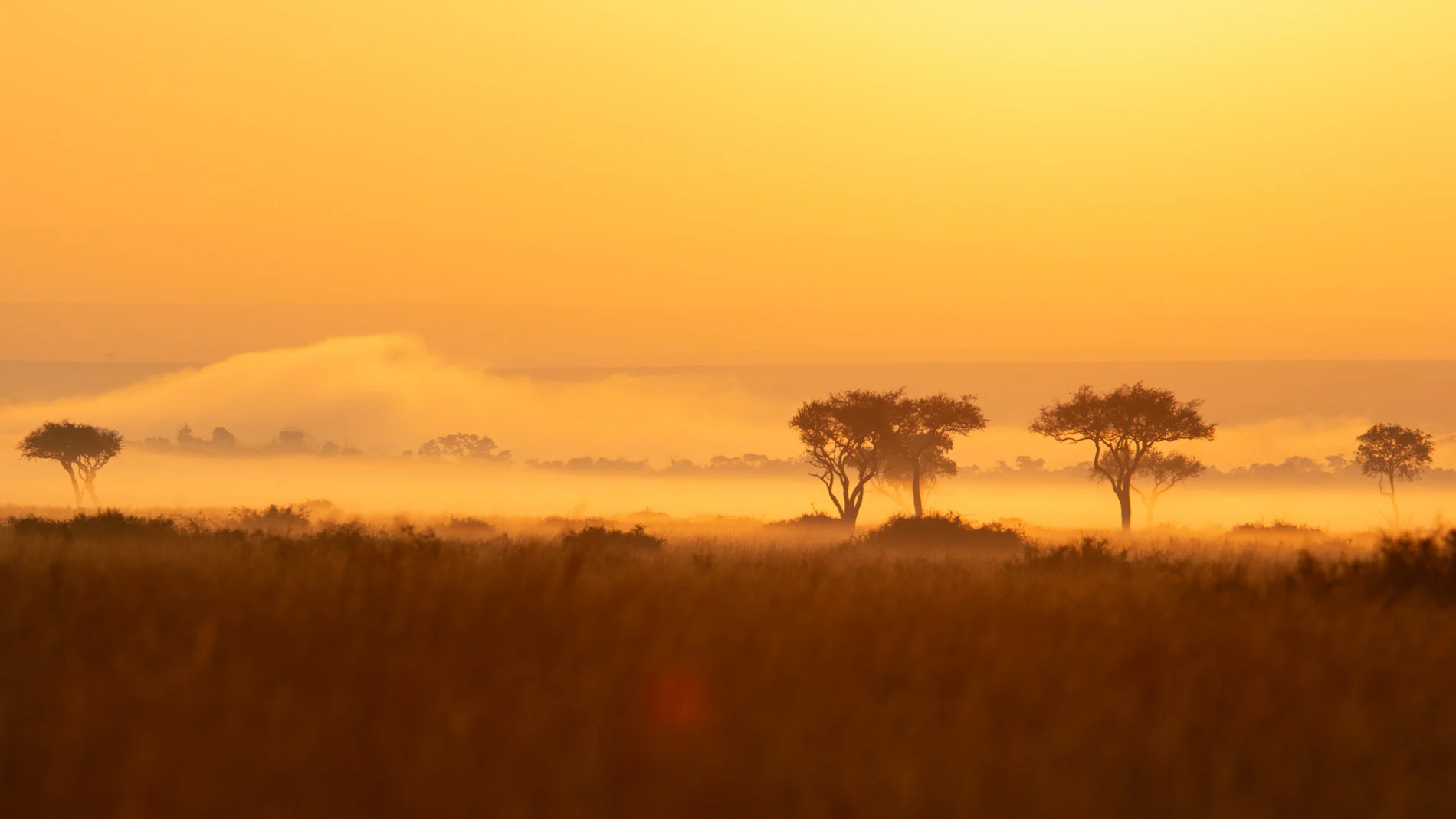
Of course, getting out of bed early can be tough, but worth it when this is the reward. [f 5.6, 1/1600, ISO 400, -0.33]

I always tell people to get a healthy mix of landscape shots in their holiday portfolio to help capture and convey the mood, and also provide context. [f 6.3, 1/2500, ISO 800, +0.33]
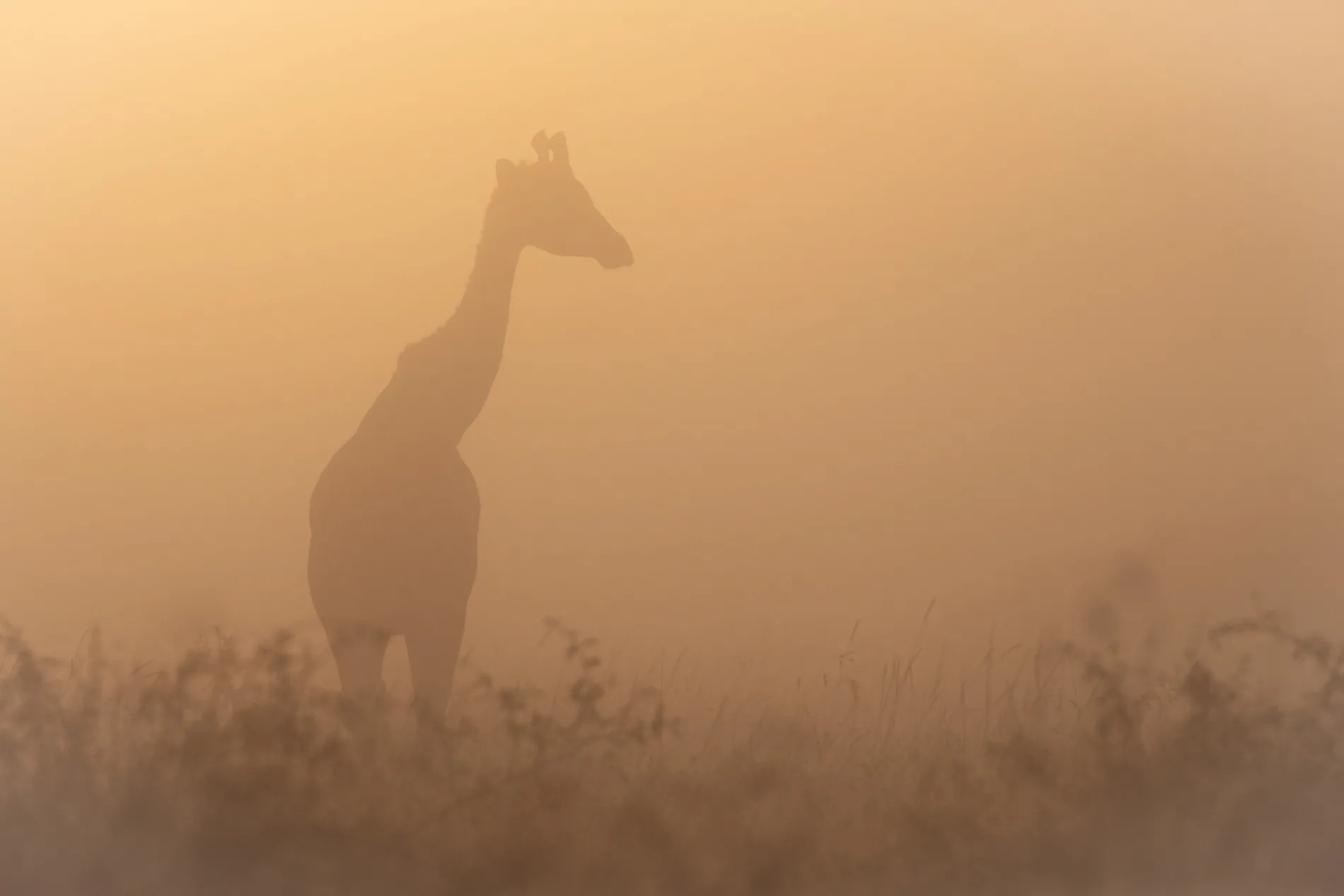
Heavy mist allows you to get creative. [f 6.3, 1/6400, ISO 800]
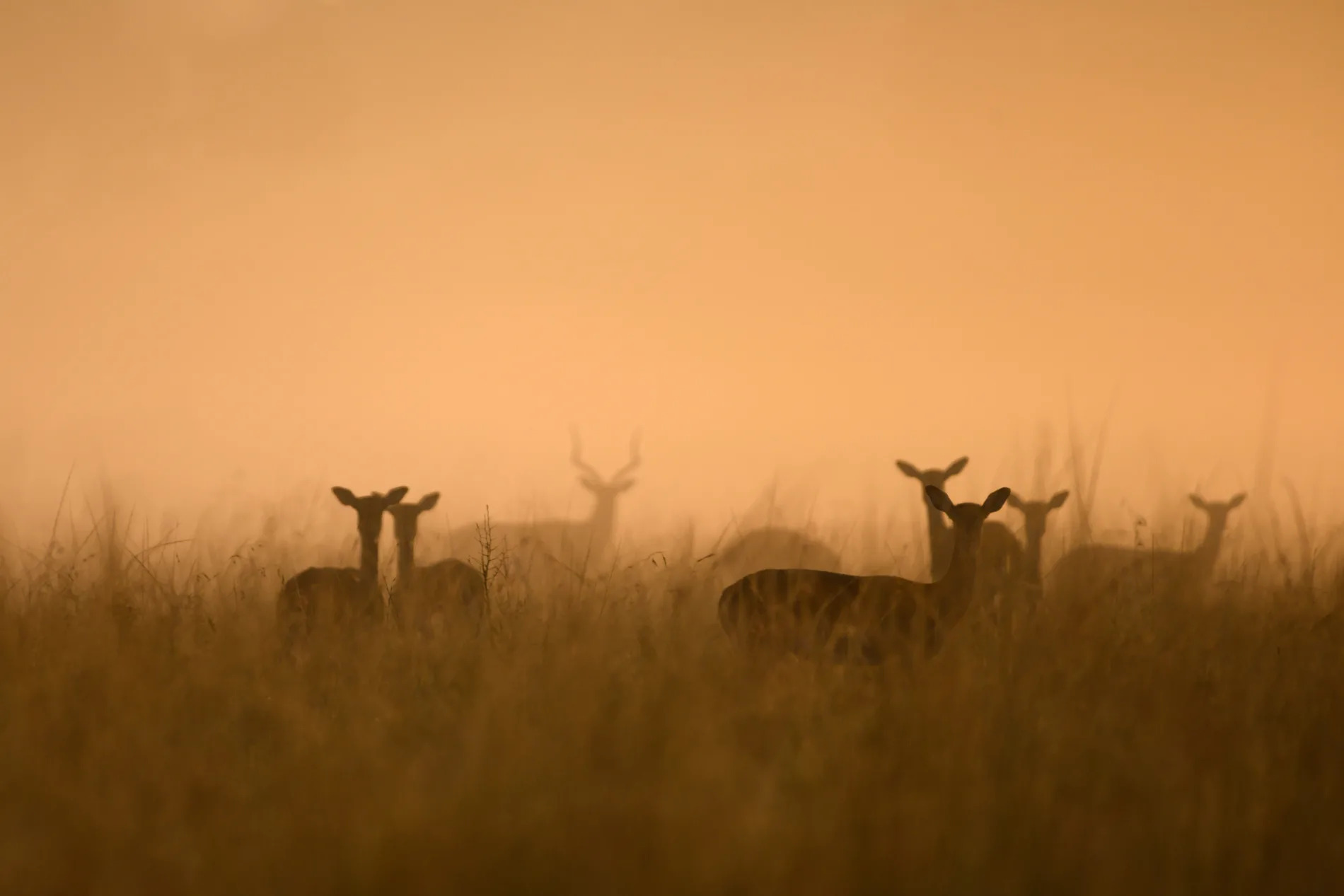
Not your ordinary impala shot – there is something about the soft focus of the male in the background that I find appealing. [f 5.6, 1/2500, ISO 400, -0.33]

This week, I made the decision to dedicate a few hours to sitting with one herd of impala, taking all the pressure off finding the big cats and instead just focusing on the beauty of this antelope species. [f 6.3, 1/1250, ISO 400, -0.67]
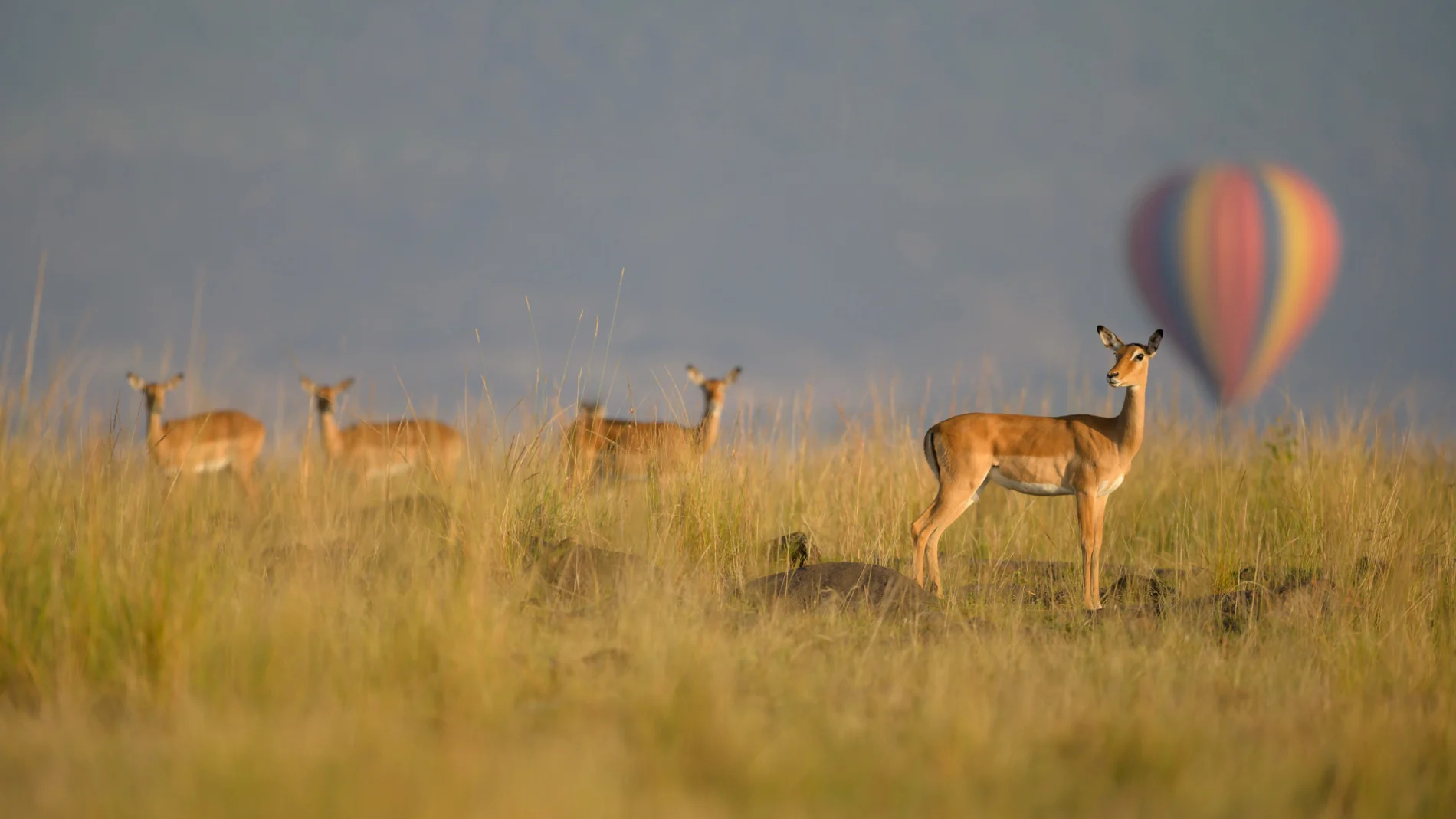
Positioning the hot air balloon in the background provides contrast and a dash of colour, forcing you to look twice. [f 3.2, 1/4000, ISO 500]

While watching the herd, I tried to capture different elements of their story. Here, I wanted to show their beauty, highlighting their long legs. [f 10.0, 1/800, ISO 400, -0.33]

Impala give the impression of being delicate, but it is truly astounding how agile and tough they can be. [f 10.0, 1/640, ISO 400, -0.33]
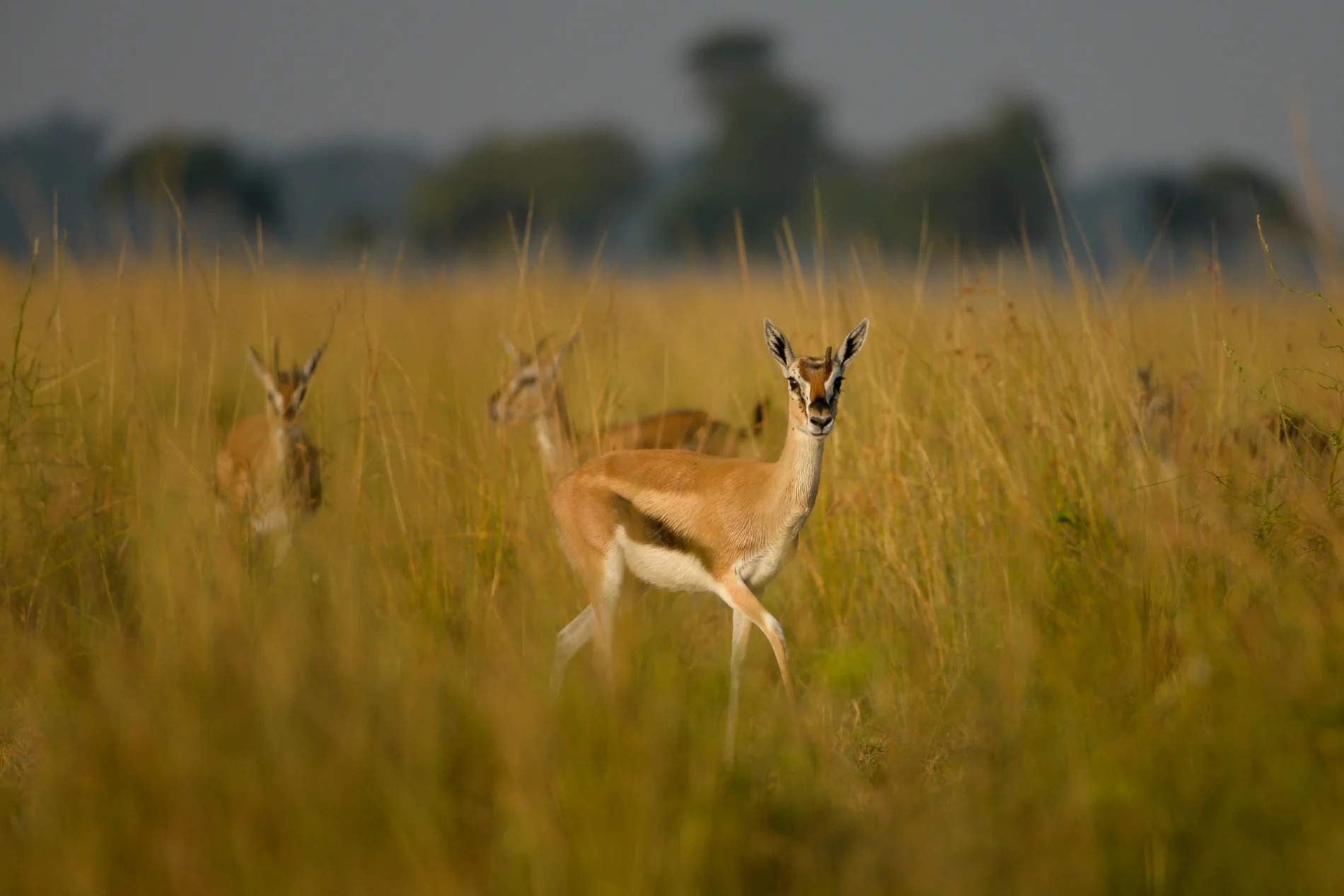
On this same drive, I followed a group of six Thomson’s gazelle as they walked over 3km. I had never done this before and was fascinated to watch them move. When it came to the long grass areas, they bunched closer together and moved quickly. In the short grass, they relaxed and spread out. Their eventual destination was a small puddle where they drank. [f 5.6, 1/2000, ISO 400, -0.33]
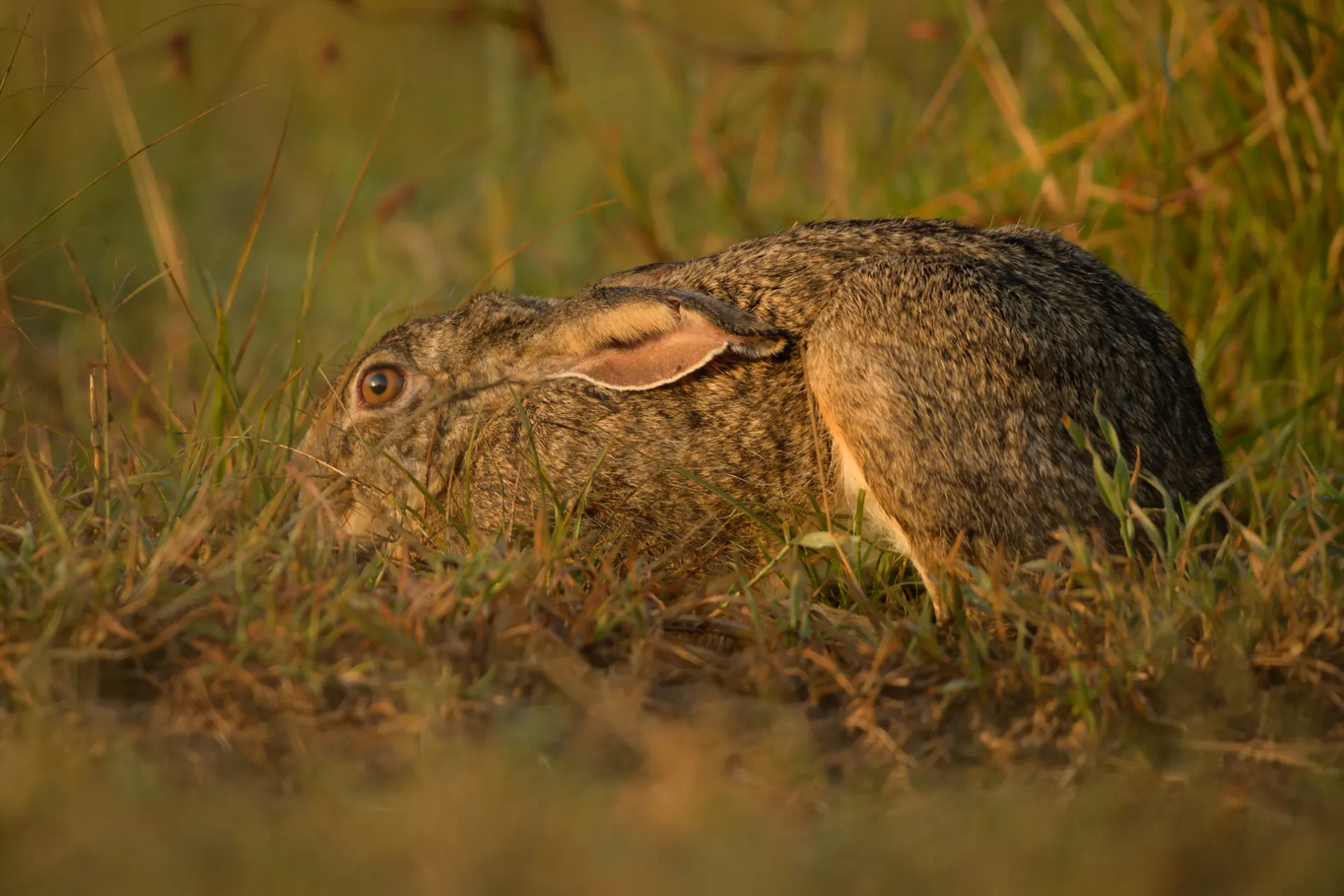
One of my better sightings of a scrub hare. [f 5.6, 1/500, ISO 400, -0.33]
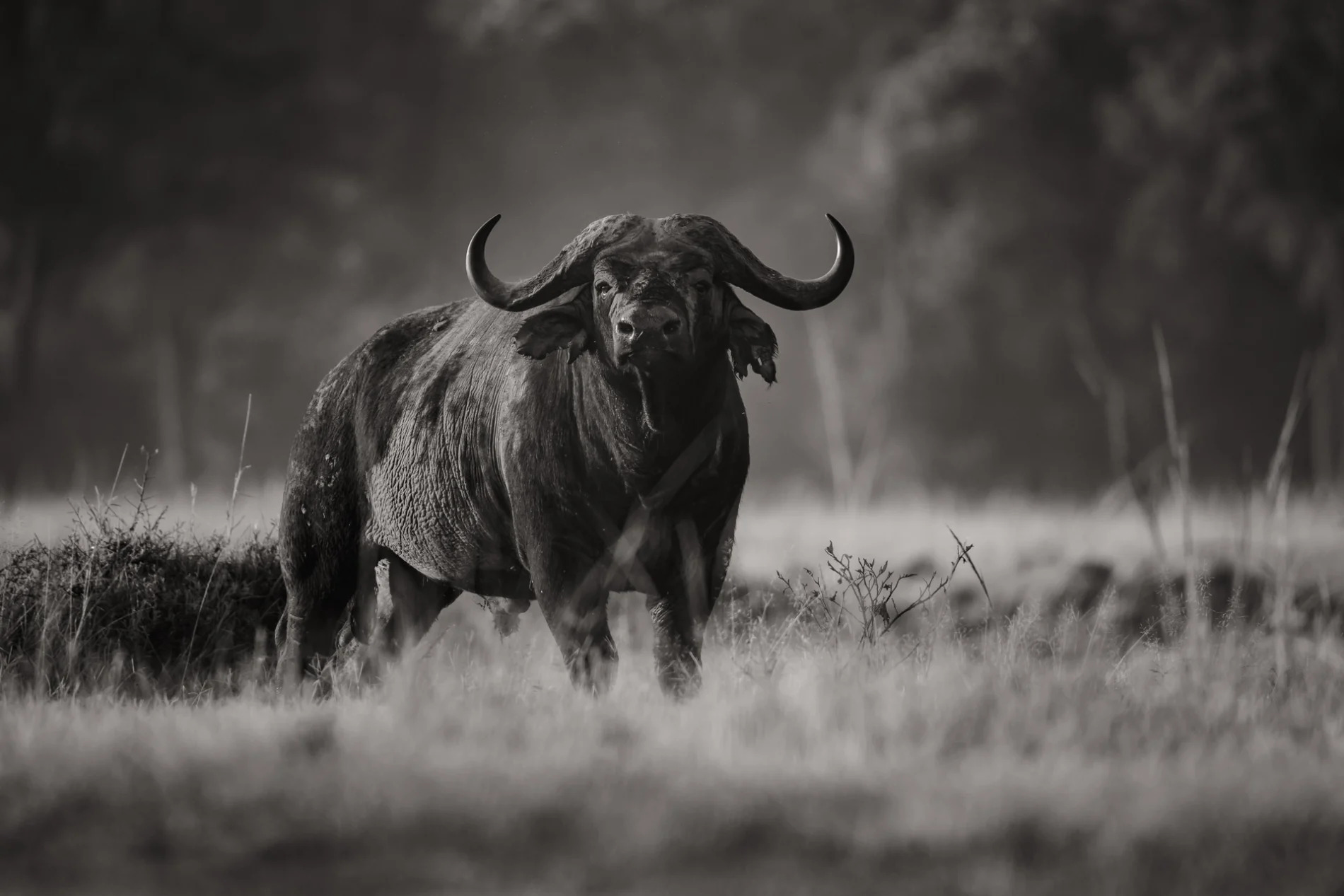
An animal you do not want to mess with. [f 5.6, 1/400, ISO 400, -0.33]
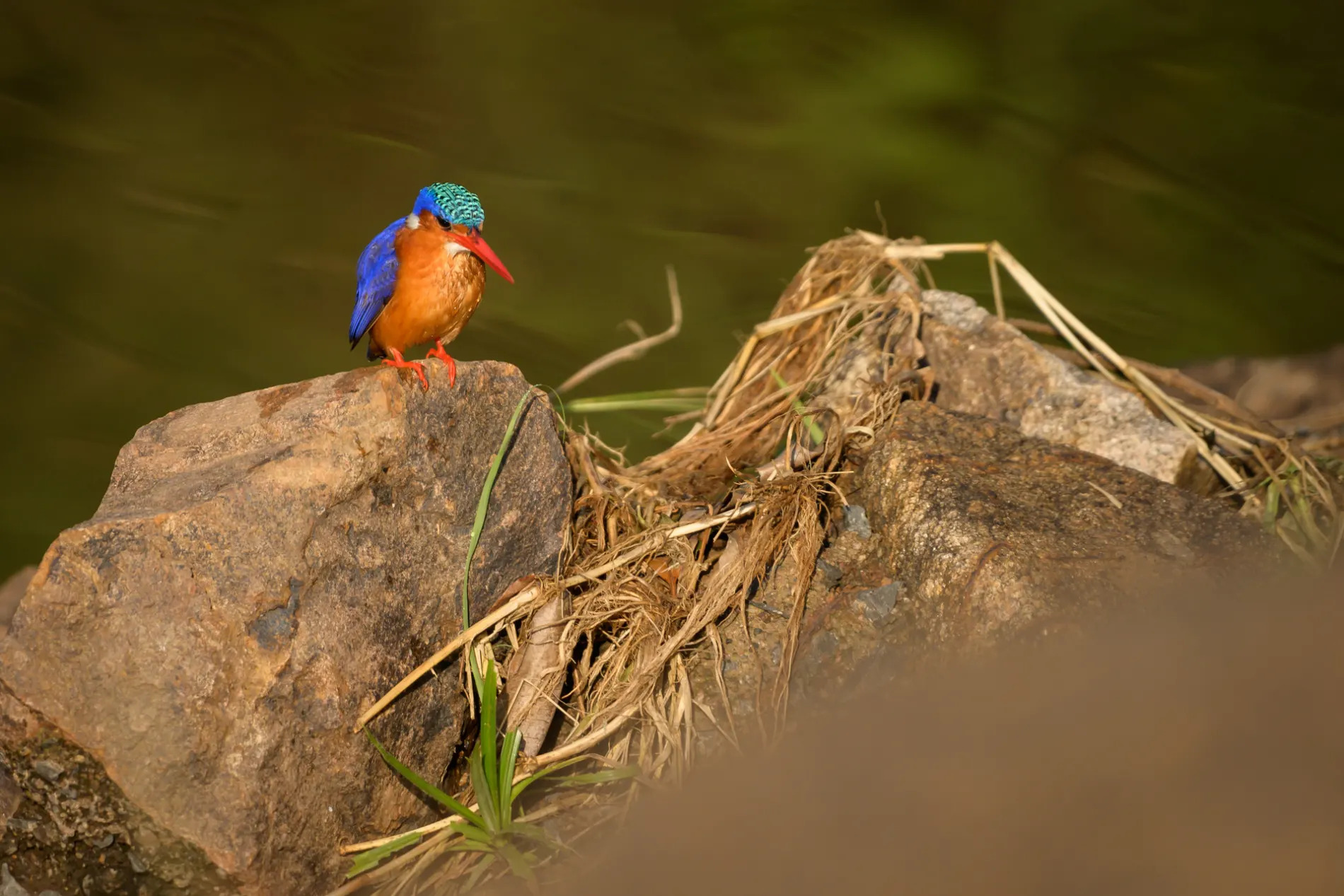
A malachite kingfisher sits patiently on the rocks beside the Saparingo stream. [f 6.3, 1/2500, ISO 800]
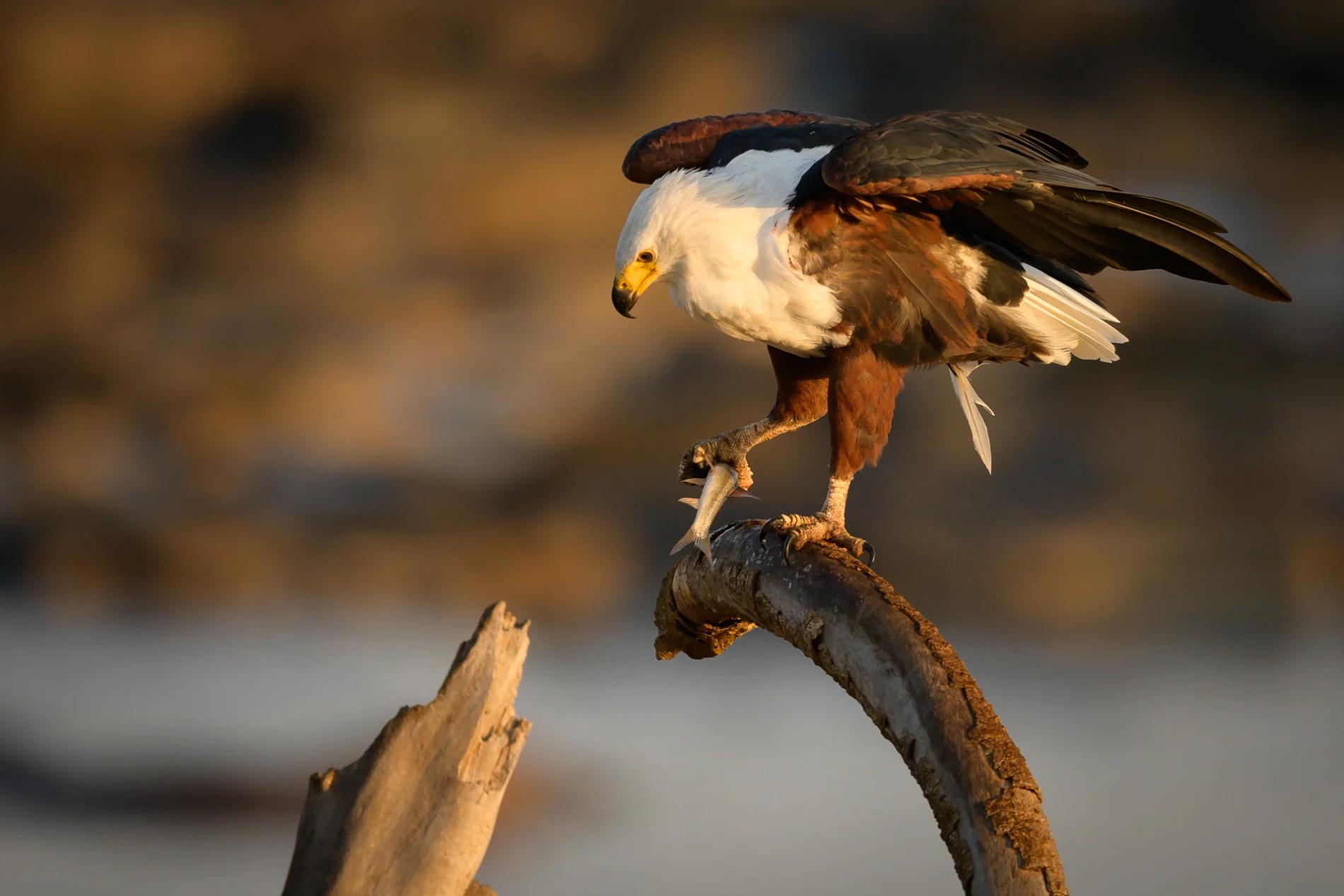
An adult African fish eagle had just caught a small fish when I rounded the bend. Fishing must be relatively easy at the moment for these birds as the water levels in the Mara River are still very low. This fish was still alive and flapping about in an attempt to break free. [f 3.2, 1/2500, ISO 500, -0.67]
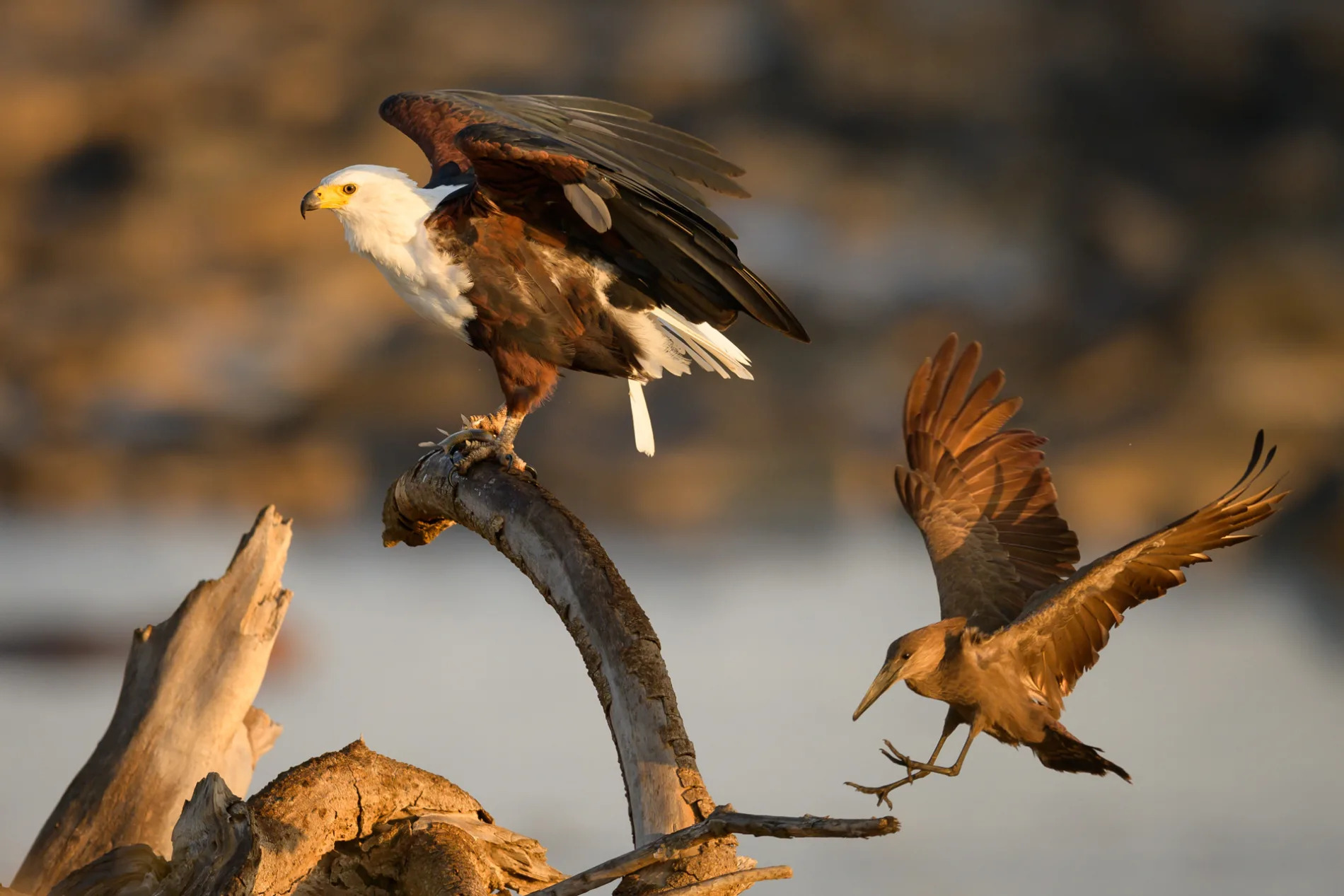
Out of nowhere, a hamerkop arrived on the scene. The fish eagle puffed up its feathers and opened its wings – the hamerkop quickly thought otherwise and veered off. [f 3.2, 1/2500, ISO 500, -0.67]

Seconds later, an immature fish eagle soared in, attempting to steal the kill from its parent. [f 3.2, 1/2500, ISO 500, -0.67]
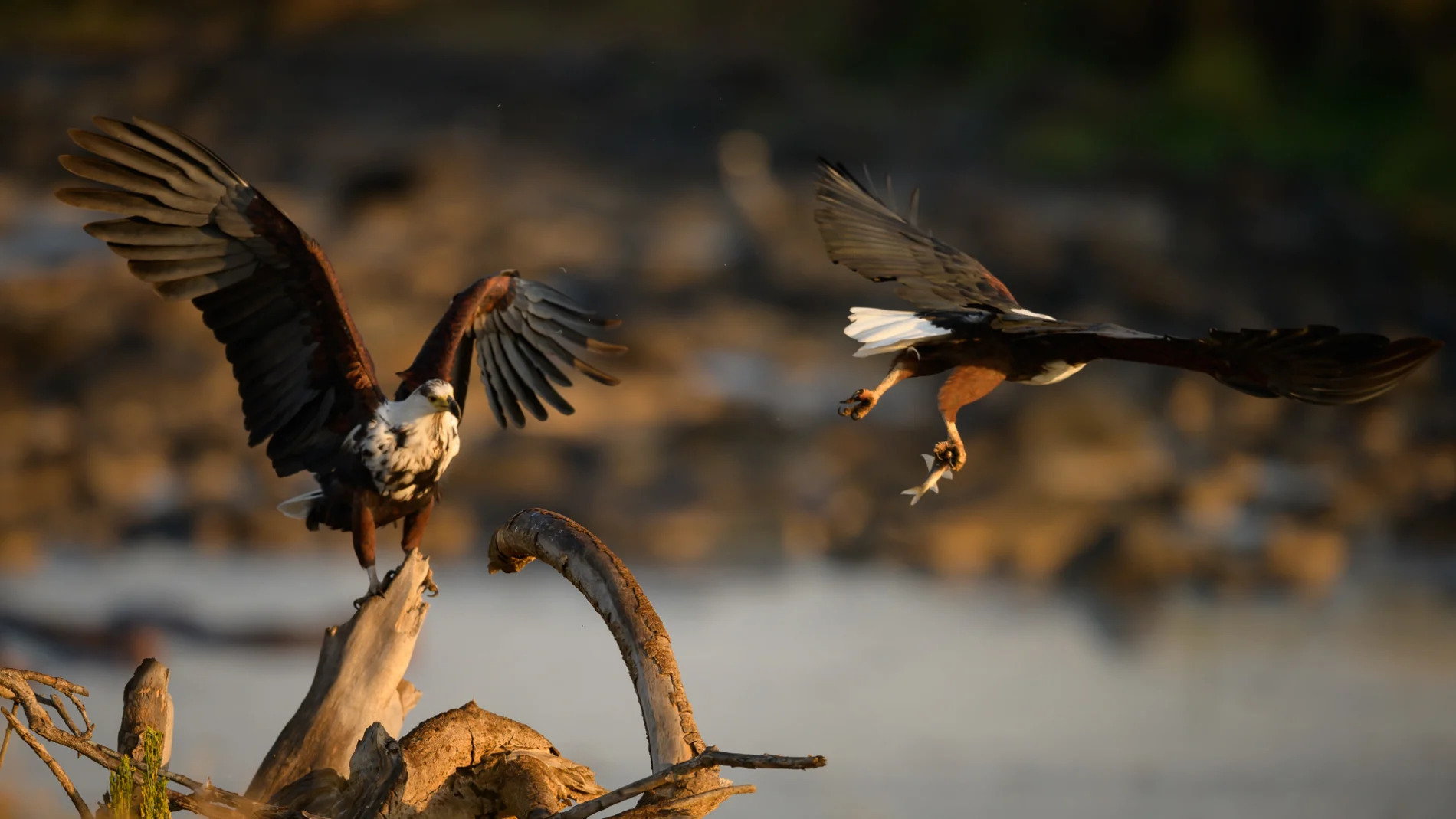
The adult took off with its catch clenched safely in its talons. [f 3.2, 1/2500, ISO 500, -0.67]
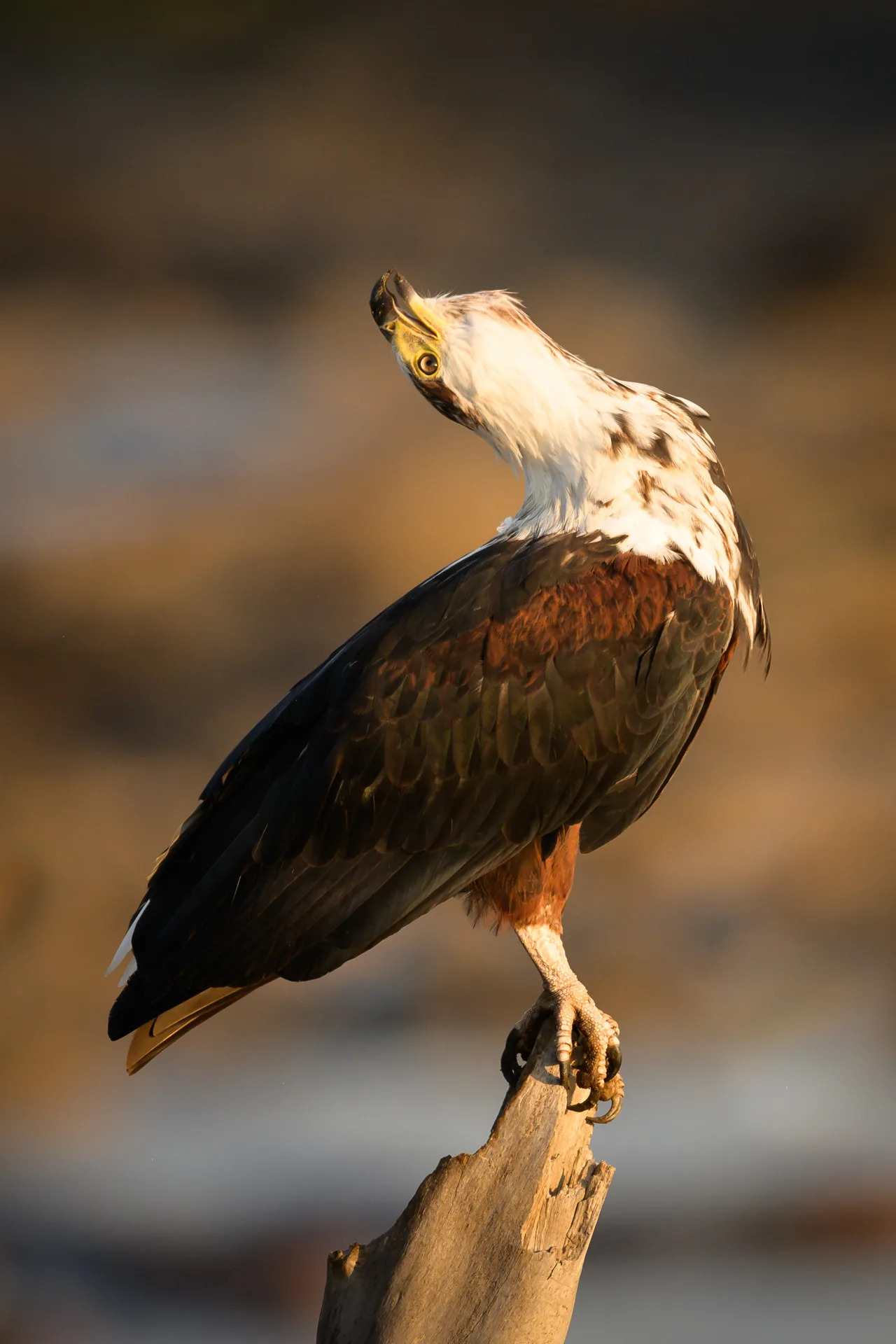
As if in absolute frustration, the young eagle threw its head back and gave off the most fantastic call. All in all, this sighting lasted about 45 seconds, but it was one of the most special wildlife moments I have experienced this year. Photographically, it was a rewarding challenge as it all happened so fast and the main task was to focus on the rapid and unpredictable movement. [f 3.2, 1/2500, ISO 500, 0.67]
THIS WEEK A YEAR AGO
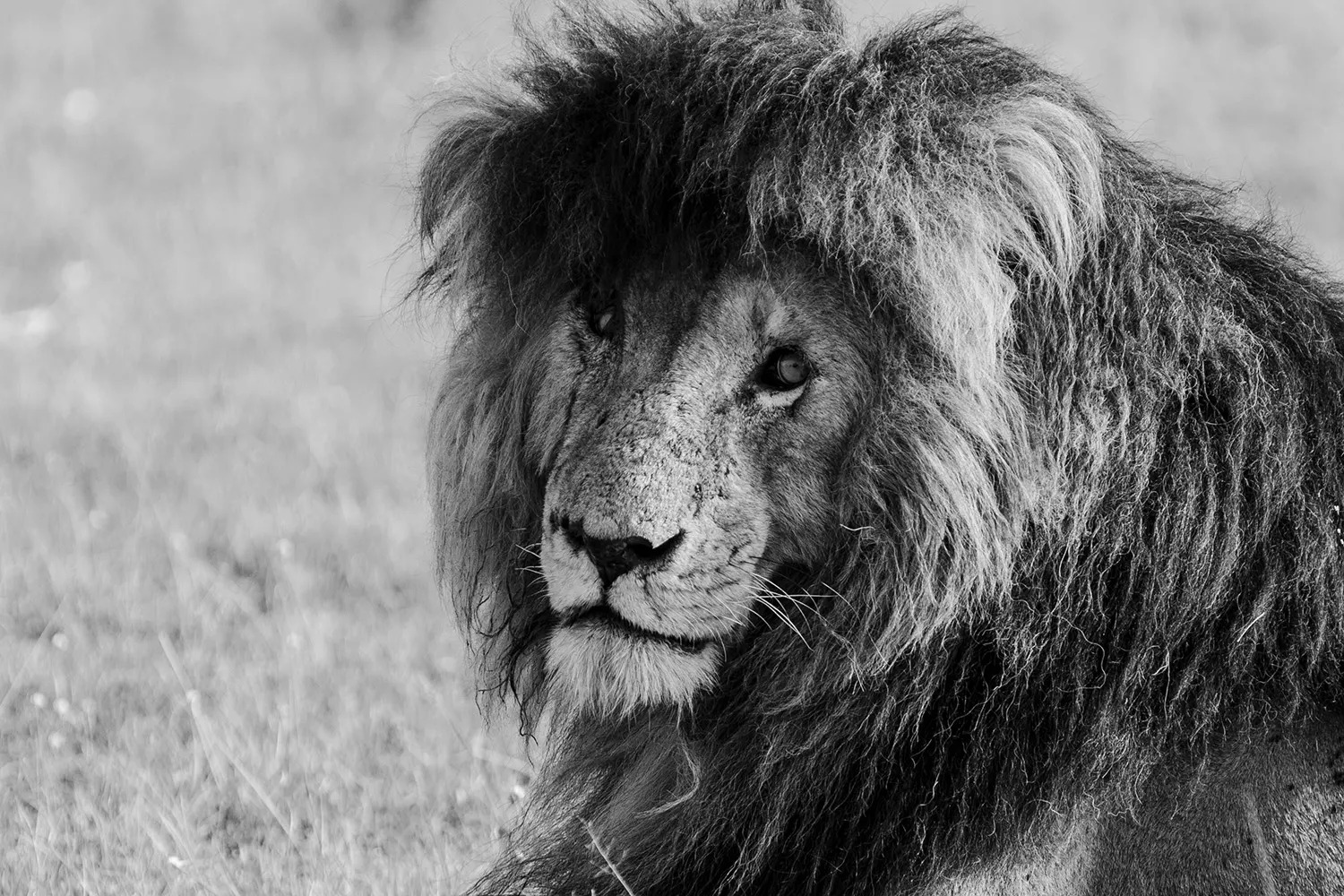
Without a doubt, the most famous male lion alive in Africa at the moment: Scar. He embodies everything that is so alluring about male lions. He is fierce, he is determined, he is powerful and he has that never-say-die attitude that makes him the ultimate bad boy. I, like every other photographer who visits the Mara, hope to see him on every drive. However, sightings of this legend are infrequent and often he is difficult to photograph. This time last year, Scar graced us with his presence for a few days in the Topi Plains area, and then just like that – he disappeared. [f 5.6, 1/320, ISO 500, +0.67]
TAGGED WITH: Maasai Mara, Angama Mara, Mara Triangle, Mara Landscapes, This Week At Angama


